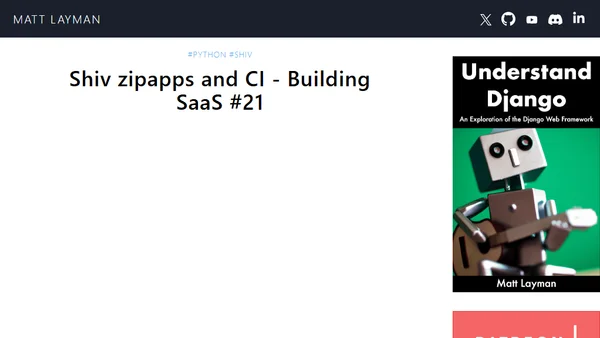
Shiv zipapps and CI - Building SaaS #21
The author fixes Shiv zipapp dependencies and sets up automated builds using CircleCI for continuous integration.
mattlayman.com is a blog by Matt Layman, a software engineer who focuses on building complex web applications, primarily using Django. He shares his expertise through regular live streams on YouTube, where he teaches others how to build advanced SaaS projects. Matt is also deeply involved in the tech community in Frederick, Maryland, where he founded Python Frederick and has helped organize local tech events. Currently, Matt is a Senior Staff Software Engineer at Included Health, working to enhance the patient experience through technology. His blog offers insights into web development, community involvement, and his career journey.
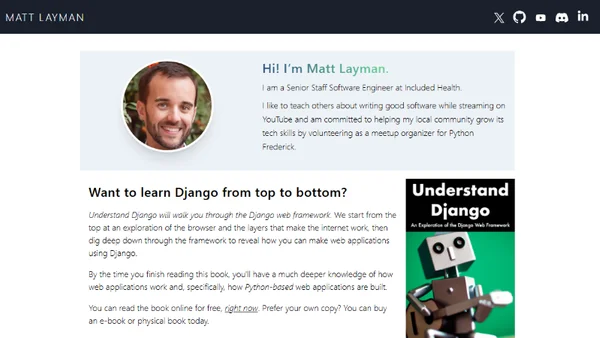
418 articles from this blog

The author fixes Shiv zipapp dependencies and sets up automated builds using CircleCI for continuous integration.
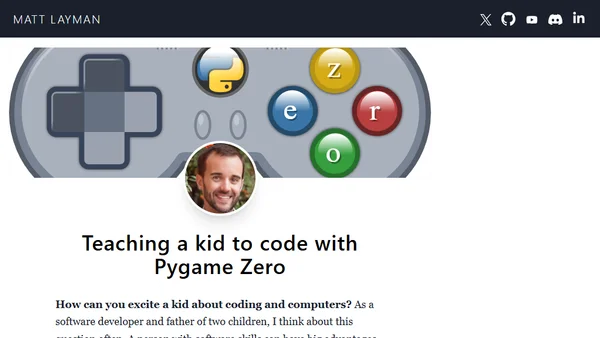
A father shares his experience teaching his 6-year-old son to code using Pygame Zero, explaining why he chose a real programming language over Scratch.
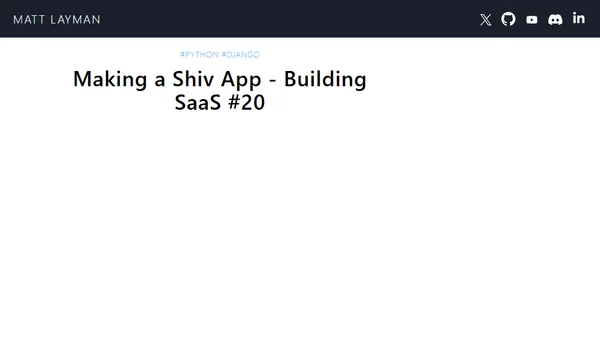
Learn how to bundle a Python app and its dependencies into a single executable using Shiv, a tool from LinkedIn.
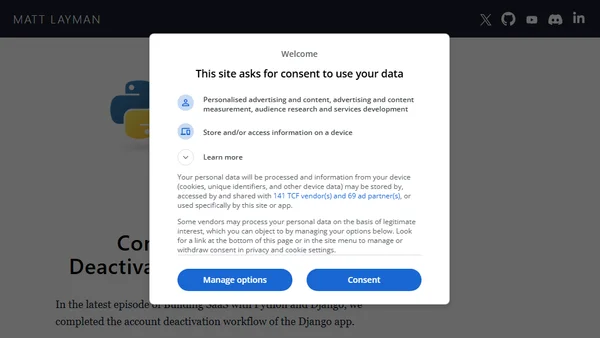
A technical walkthrough of completing the account deactivation workflow in a Django SaaS app, including Stripe cancellation.
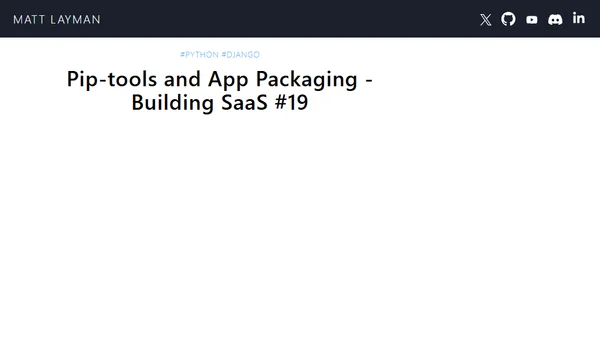
Improving Python project dependency management with pip-tools and converting a Django app into a distributable Python package.
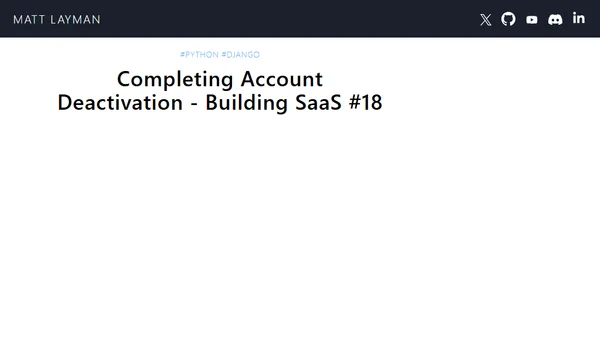
This episode covers completing the user account deactivation flow, including logging out users and marking accounts as inactive in a Django app.
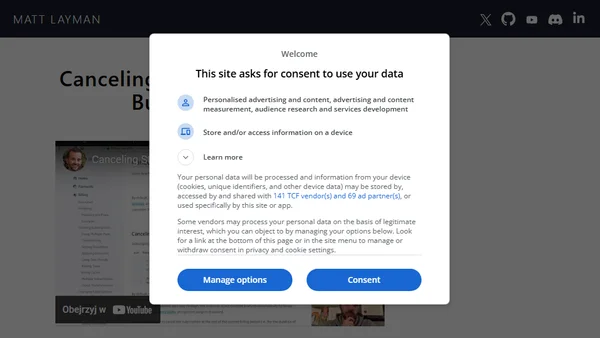
A technical guide on implementing Stripe subscription cancellation and account deactivation workflows in a Django SaaS application.
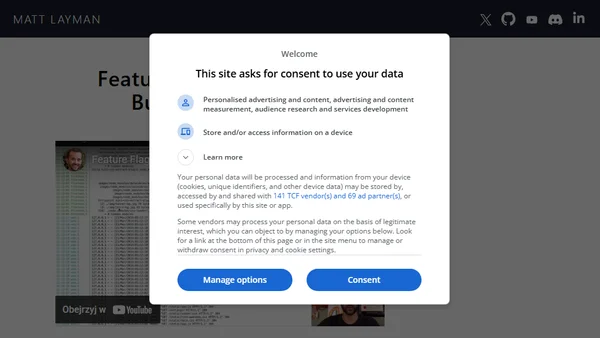
This article demonstrates using feature flags in a Django SaaS project to control the release of new features to users.
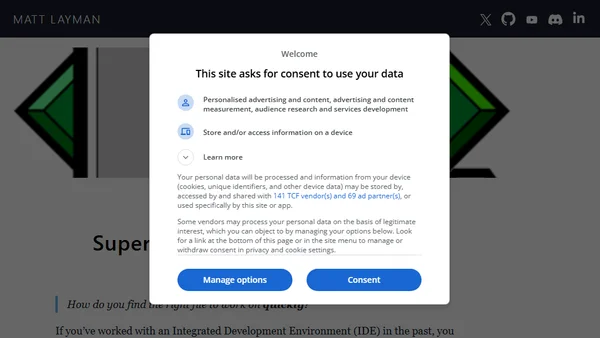
Learn how to navigate files in Vim instantly using fuzzy finders, moving beyond traditional file trees for greater speed in large projects.
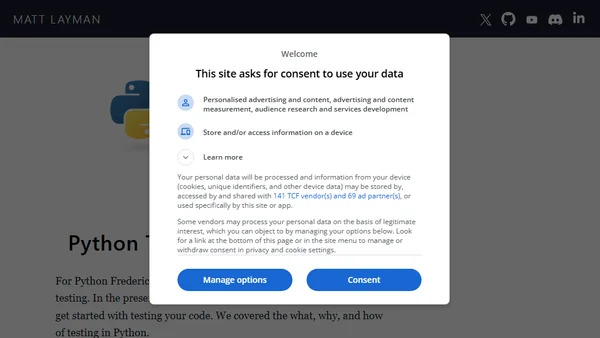
An introduction to Python testing using pytest, covering the basics and providing resources from a Python Frederick talk.
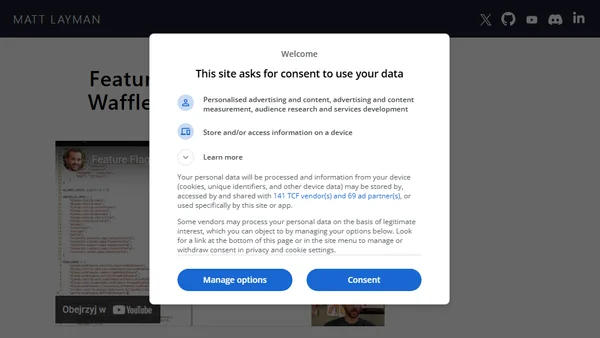
This article explains how to add feature flags to a Django SaaS project using the Django Waffle library to control user access to new features.
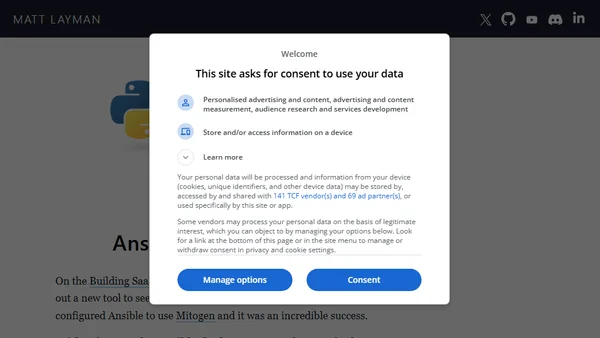
The article details a significant performance improvement in Ansible deployments by integrating the Mitogen tool, resulting in a 4.5x speed increase.
How to speed up Ansible deployments using Mitogen, reducing deployment time from 7 minutes to 1.5 minutes.
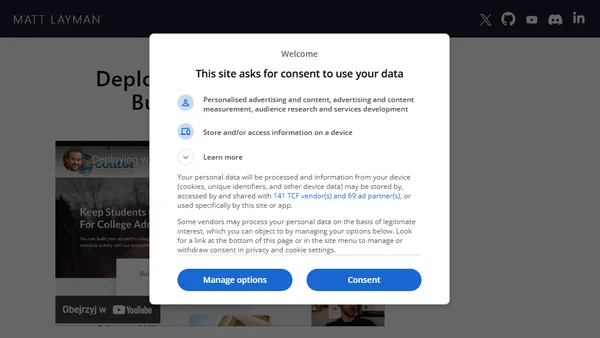
A guide to deploying a Django web app using Ansible, including a detour on Continuous Integration and a major speed improvement.
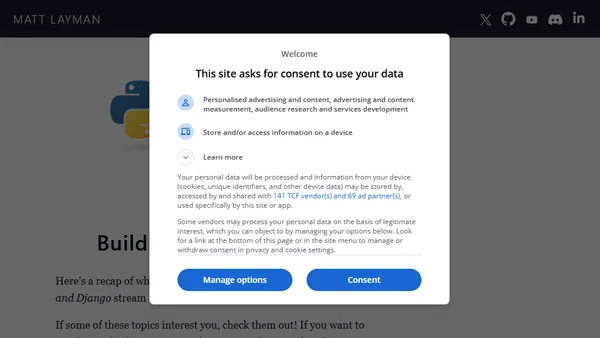
A recap of the January live streams focused on building a SaaS product with Python and Django, covering integrations and admin tools.
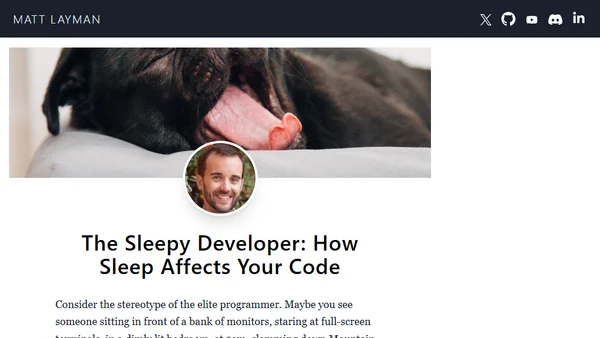
Explores how sleep deprivation negatively impacts software developers' coding abilities and productivity, comparing it to sleep-deprived doctors.

The article details building an automated tool for processing and connecting data using Python and Django in a SaaS project.
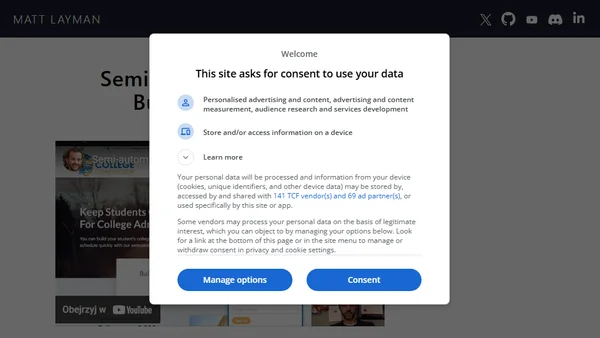
Building a Python/Django tool to semi-automate backend manual tasks, making them faster to complete.
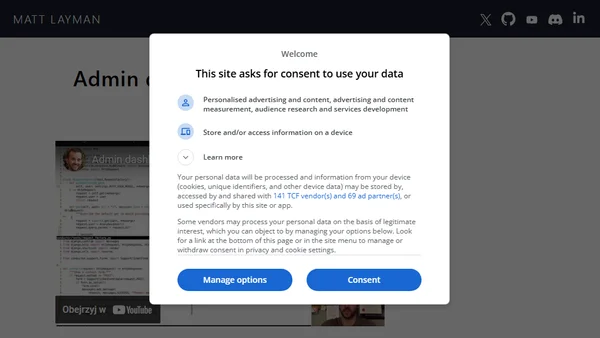
Building an admin dashboard in Django, covering user authentication, view protection, and semi-automated backend tasks.
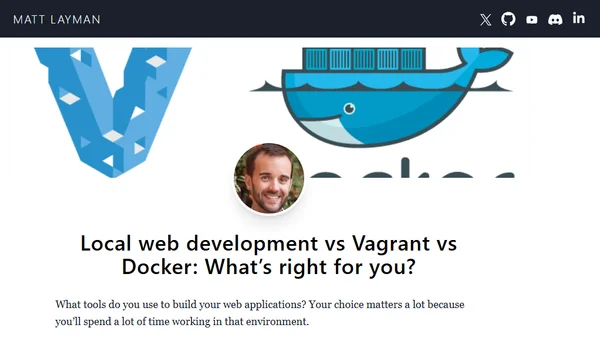
A guide comparing local development, Vagrant, and Docker for web projects, helping developers choose the right tool for their workflow.